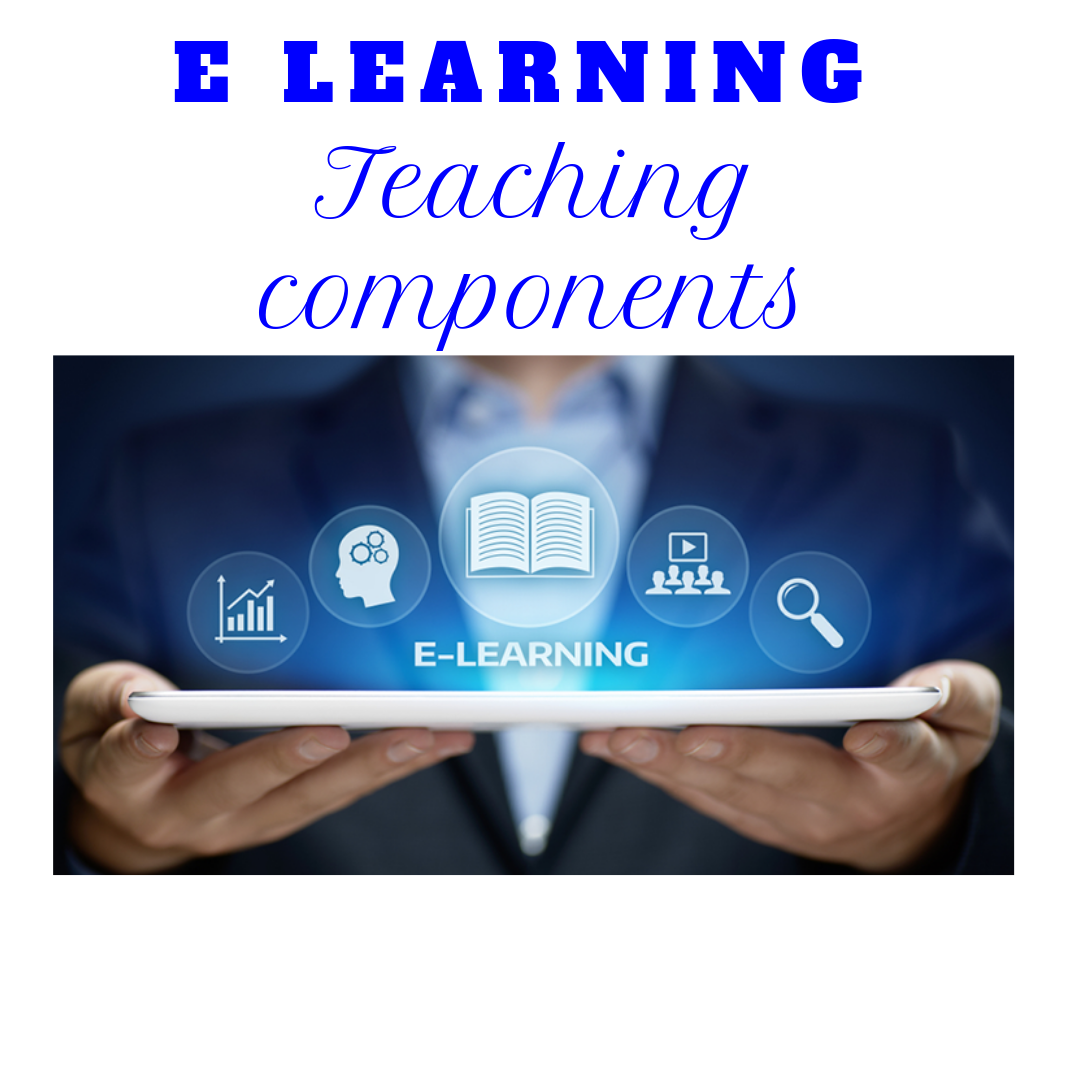E LEARNING TEACHING COMPONENTS
There are essentially three components to online teaching. These are designed in advance of teaching the course:
Presentationintroduces new knowledge and skills;
Activitiesprovides opportunities for learning; and
Assessment and feedback.
All of these components can and should be engaging. In fact, while activities will sometimes stand on their own, they will be part of well-designed presentations and assessments as well.
Active and engaging online courses are:
Clearly and attractively presented.The material is inviting and openly displayed. There are no barriers to understanding. A variety of different modes (e.g. audio, text, video, images, hands-on) capture the interest and imaginations of learners.
Active and hands-on. The material requires that learners are not only reading, listening, or watching, but doing something. This approach to teaching and learning emphasizes the critical importance of learners taking control of their own learning. That is, they are active participants in the learning process. The teacher plays a central role in constructing experiences for engaging thelearners. This can help raise student awareness and understanding of where they are in the learning process.
Authentic and meaningful. The material is authentic, and/or comes close to real-world circumstances. It is true to its desired outcome. When a skill is being taught, learners can see the relationship between what they are doing in the course and its real-world application. Course curriculum should, to some extent, be flexible enough to draw on student prior knowledge to promote deep and meaningful learning.
Collaborative.Learning is seen as a social experience. The learners feel responsible for their own learning. They contribute to others learning. Contact with other learners and the teacher is easily accessible and continual. The learning environment promotes cooperation and sharing of perspectives. This leads students to develop multiple viewpoints and think critically. This also creates community.
Reflective.The material encourages self-observation. It also helps students retrieve material that they may already know about the topic. There is time and opportunity to reflect built into the course. Self-assessments keep learners tuned in to where they are in the learning process.
Responsive to different degrees of a variety of student learning abilities and preferences.For example, there is recognition of the learning preferences of intrapersonal learners, as well as interpersonal learners. Hands-on, visual, logical, and linguistic learners are all considered.
Kindly Watch this video for more guides on E learning teaching components.
